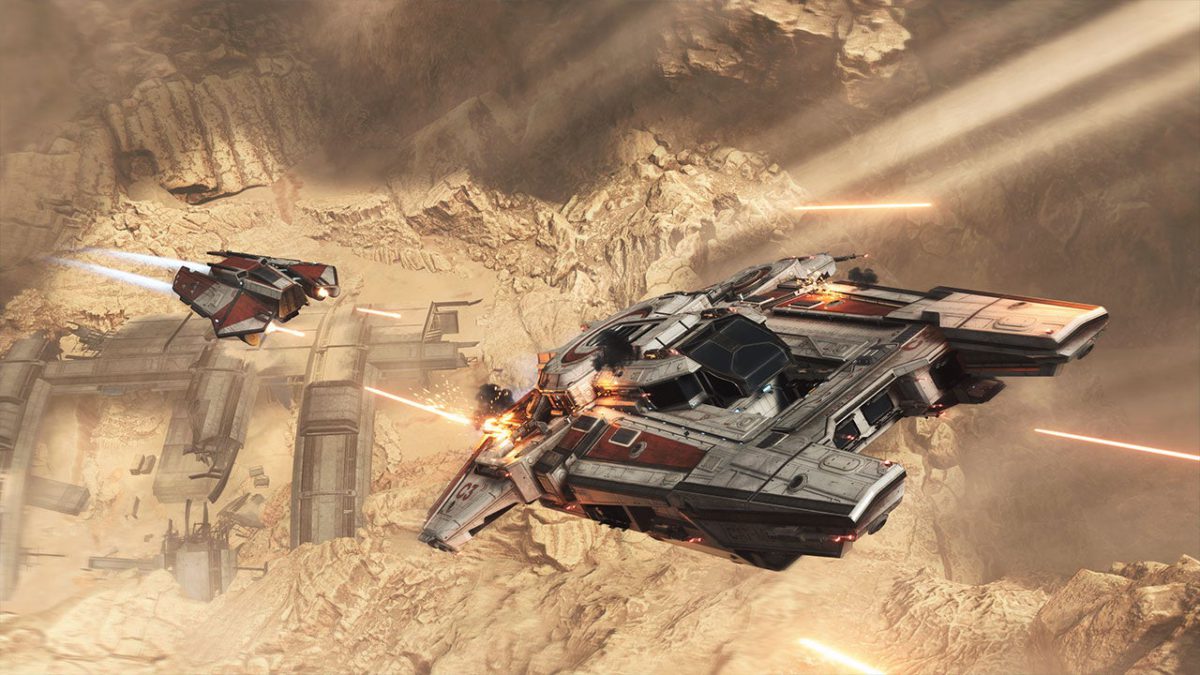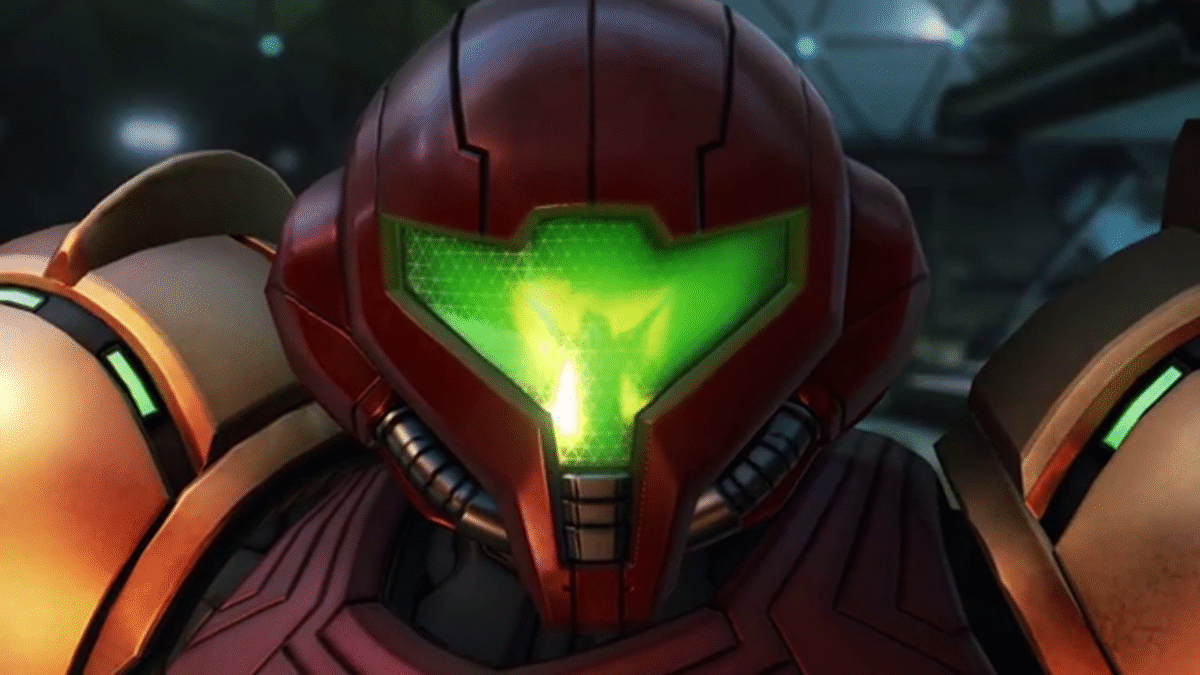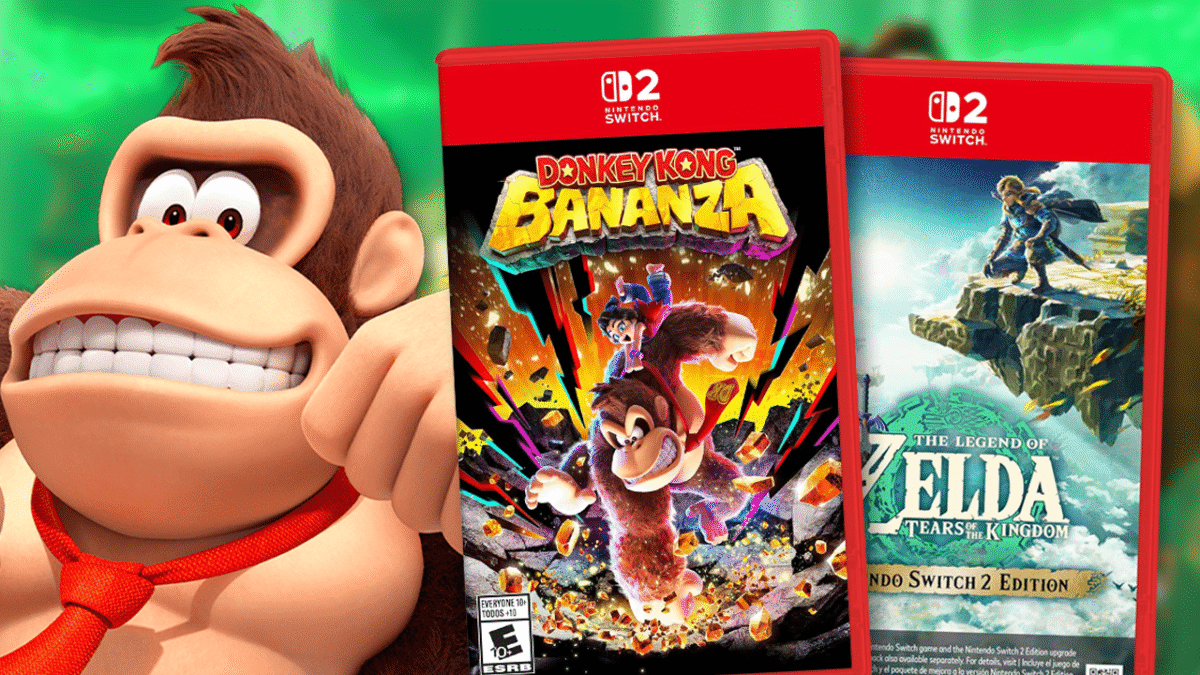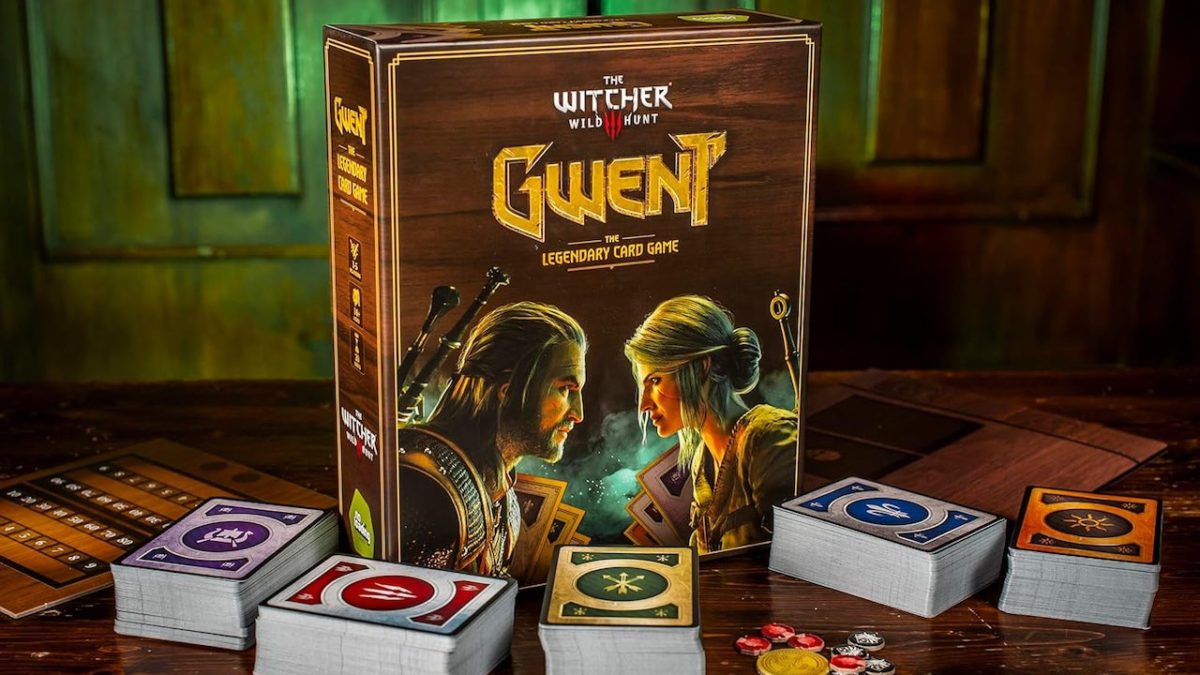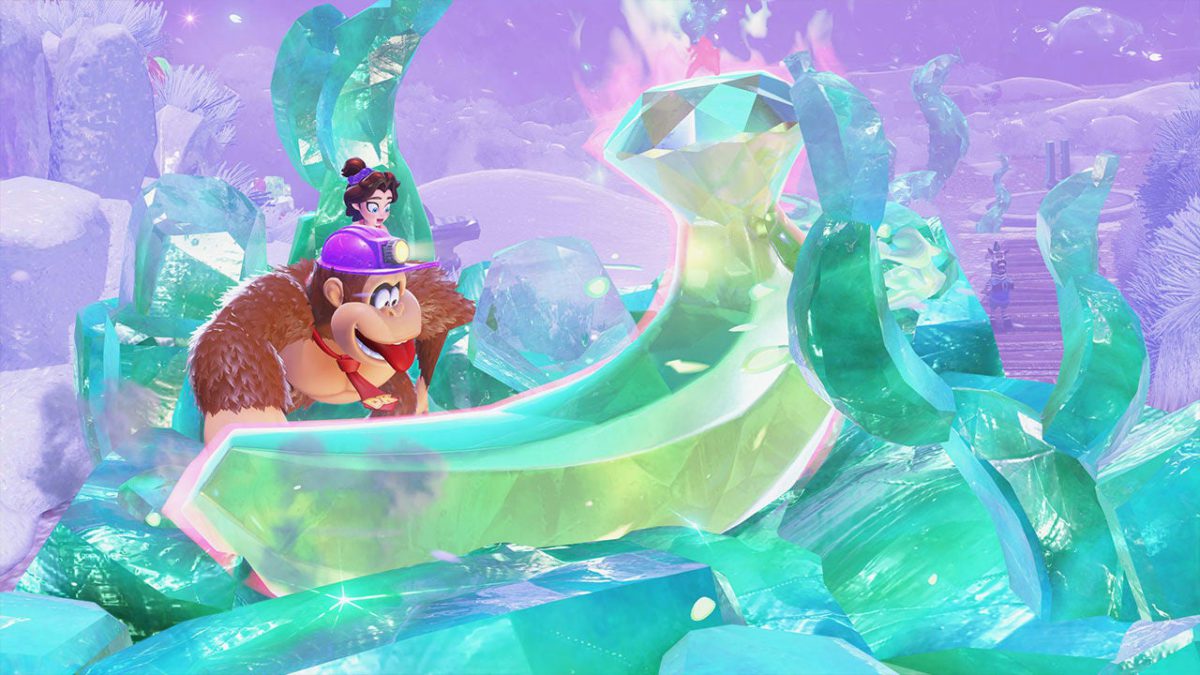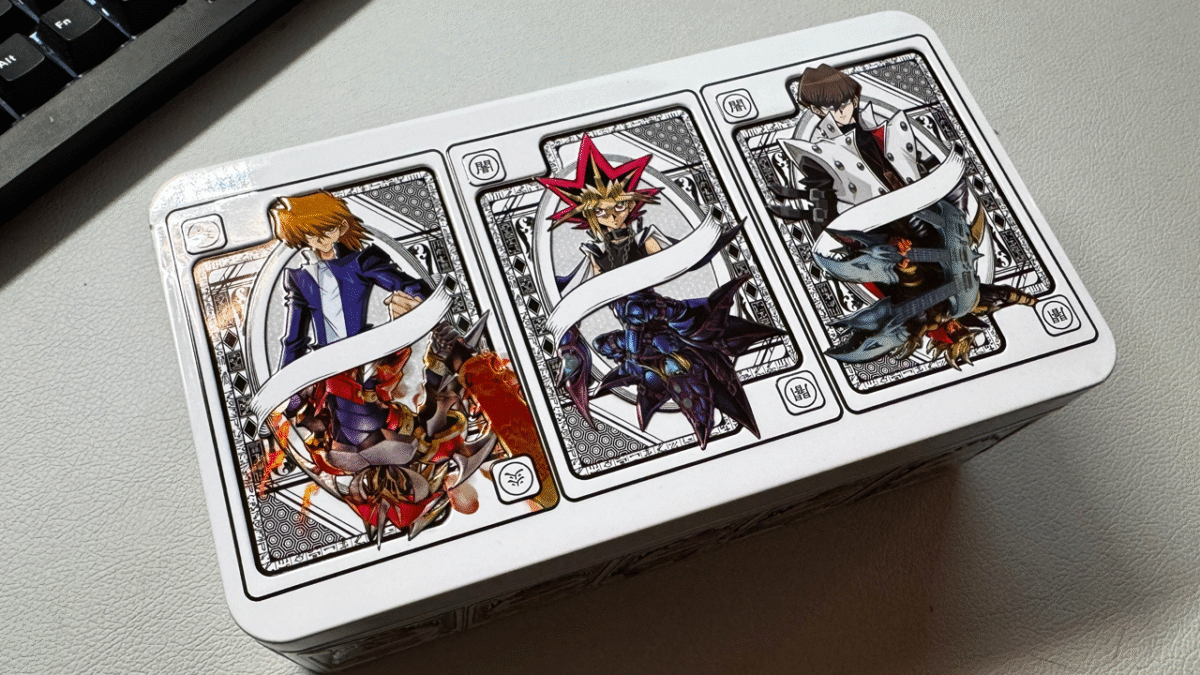
The ship was on fire. My crewmates were off-ship capturing the nearby defense cannons to aid our fleet, and I was fighting half a dozen Legion vessels. I wasn’t sure how long I could last solo, but if they didn’t get me, the fire would. I pointed the bow of our C-3 Catamaran away from the fighting, locked in the ship’s cruise control, and got up from the pilot’s seat, and turned to find most of the top level covered in flames. The lower decks weren’t much better.
I grabbed the closest extinguisher and sprinted across the ship, putting out the inferno as fast as I could. Fortunately, the Legion ships gave me a few moments to breathe. When the fire was smothered, I turned us around. The cruise control had taken the Catamaran much farther away from the action than I anticipated, and the rest of my crew needed help. Our core integrity still wasn’t great; a few good hits, and we’d be just one more of the floating hulks we’d passed to get to this sector. But I didn’t have the materials for repairs. Not a great hand, but you play the cards you’re dealt. I angled the Catamaran’s nose toward the cannons – and the Legion ships surrounding them – kicked on the boosters, and prayed.
Jump Space excels in the moments when you and your crew are surviving by the skin of your teeth, putting out fires, repairing damaged thrusters, making ammo as fast as your weapons can fire it, and fighting attackers that have just jumped in to ruin your day. The successes are exhilarating; the failures, usually at least memorable. But like a run that ends early and leaves you wondering what might have been, the limits of the early access version become apparent on just about every mission. There’s no doubt that the potential for an epic game is here; it’s just a matter of whether or not it will be reached, and how long it’ll be until then. For now, though, Jump Space is definitely worth at least a short trip through the stars.
There are technically characters in Jump Space, but aside from your ship’s AI Iris and Buddy (an adorable robot that accompanies you on missions if your crew is shorthanded), I couldn’t tell you their names without looking them up. They’re there to give you quests and rewards and provide some flavor about the backstory of a robot uprising that drove humanity into exile between missions, but once you select a mission from the galaxy map and head out, they quickly disappear from memory.
Each mission consists of a roguelike-style run of several jumps, each chosen from a few paths on your route from your base to where you need to go. Each choice closes some options and opens others, and each individual jump offers different rewards including components for your ship, fragments of maps that open up new parts of the galaxy, or artifacts that provide upgrades for that run, such as restoring health when your crew is close together or dealing damage absorbed by your ships’ shields back to attackers. Choosing the right route is crucial to maximize the stuff you’ll need for that run, but also what you’re looking to bring back to the hanger as a permanent get, so it’s usually a decision you’ll want to take a moment to think about.
Every jump also brings its own trials, whether you’re navigating the wrecks of other ships and avoiding a solar flare from a nearby star, fighting off a fleet of Legion ships patrolling the sector, or simply exploring an uninhabited sector and scavenging the floating hulks around you for supplies before moving on. The joy here is in the act of playing, of launching out of your ship into the unknown, flying through space under your suit’s power, using your grapple to pull yourself to a nearby buoy or boarding a ship after you disable it. Mastery allows you to flow from on-foot combat to zero-G flight to piloting your ship or manning its guns smoothly, but there’s also something relaxing about scouring a floating wreck blessedly free of evil robots, too, or simply sharing a pizza you made in the ship’s food processor with your crew. In many ways, Jump Space is an interactive chat room, an excuse to hang out with friends while enjoying a fun little space-themed co-op game.
That is, until the Legion shows up. Most Legion ships, aside from the missile-barragging Corvettes or “What just hit me?” Snipers, are easy to deal with individually, but the challenge comes from (as their name suggests) their numbers. On foot, things are harder, whether you’re dodging the small spider-bots that scurry up to you before unleashing their flamethrowers or the floating bots that pepper you from range, and everything from bipedal walkers to spider-tanks. Despite how much more difficult the on-foot missions can be, though, they’re not necessarily more engaging. Movement options aside (which aren’t always available because you need either a point to grapple to or a place where you can engage your suit’s jet drive boosters) Jump Space is a pretty standard shooter with pretty standard weapons like shotguns, rifles, and machine guns. If it were just these on-foot fights, it wouldn’t be a notable game at all.
But of course, that’s just one aspect of many, and the best moments combine everything: battling other ships, repelling boarders or leaving half your crew to activate an objective while the others defend your ship from assault, coordinating repairs and who is manning what, spending your limited resources to craft the right thing at the right time, and deciding whether to save scrap for permanent resources when you get back to your hanger or to disassemble it to build what you need right now.
It leads to some fun improvization. In the mission I described in the opening, things got so hectic that I wasn’t even landing the ship to pick up my crewmates when they needed to move between the cannons we were trying to capture and hold; I was just getting close enough that they could grapple to the ship, and then I’d get them close enough to launch themselves to the objective. We didn’t have time for anything else.
The biggest issue that will hopefully be resolved in future content updates, whether it’s on-foot or aboard ship, is repetition. Moving a bunch of batteries, or finding and installing nuclear fuses to power a door is fun the first time, but it gets less fun when you’ve played just a few hours and you can already enter an area and know exactly what the objective will be because it’s what always takes place in that space. The big, run-ending finales which can involve defending a capital ship, activating those cannons, grabbing and ferrying cargo from a downed ship before Legion forces jump into the system, or doing something as simple as playing King of the Hill to establish communications hold their novelty longer because you know what you’re going to get from the mission select screen, and you can avoid one if you’re tired of it. Unfortunately, that’s not always the case for the stuff you’ll have to do on the en-route jumps because your choices can lock you into certain objectives.
And then there’s the early access of it all. Some of it is cute, like placeholder text that says “Not Made :(“ when an asset isn’t there. Others are less charming, like when Legion ships and bots defy the bounds of Euclidian space and travel unencumbered through walls or asteroids. Now, maybe I missed something in the lore that allows them to do that, but my first thought was, “Man, I wish I could do that!” right up until one of my buddies actually did but got stuck in the ceiling during an on-foot segment, which isn’t as funny as it sounds. Combine that with frequent disconnects and crashes, which often cost my friends progress, and it’s hard to say that Jump Space’s airlocks are fully sealed.
It’s also a little short on features you might expect from a game like this, like being able to buy artifacts for your runs before that run starts (those are teased but not available yet) and the limited number of pilotable ships and customization options. I love being able to slap another railgun on the Catamaran, too, but in about 15 hours it was the only other thing we found that seemed useful. And yeah, more reactors are neat (and playing Tetris with your components to find the right way to power everything is fun), but I still haven’t found one that matches the Split Reactor you start with.
Even the second ship you get, the smaller, faster DT-4 Dart, feels lesser than the Catamaran. I understand the appeal for teams of two or solo players, but as far as we could tell it was lacking basic things like an ammo-refill station, and walking around the outside of the ship was so difficult it was essentially impossible, which is a problem when you need to go outside and fix something. My crewmates hated it so much that we got halfway through a run before abandoning ship and swapping back to our beloved C-3.
But there are plenty of smart decisions, too. The missions scale to player count nicely, and you seem significantly less likely to have major ship malfunctions with a crew of two than a crew of three, when it’s easier to deal with. I also love Buddy, who will not only help out on the ship when there’s just two humans playing, but will actually leave the ship when you’re flying solo to help you out in an on-foot fight. And when he revives you and then gives you a little fistbump, or you hear him trash-talking the Legion bots after he takes them down with his tiny pistol? Perfection. That’s my boy right there. Ride or die. I thought playing solo would be a slog but it was anything but, and that’s all due to Buddy. You can even play soccer in the hangar between missions, complete with dialogue for when you score – or accidentally punt the ball into the nearby canyon.
It’s also just a funny game, even when you’re downed because you held an irradiated fuse too long and are begging your friends to save you, or are unable to get off of an exploding ship in time and floating in space, waiting to be revived. And being able to survive a jump, which requires you to be seated, while sitting on the toilet? Talk about boldly going.
If I have one major complaint beyond the technical stuff and the early access growing pains, it’s how long some missions are. While there are 20-minute missions, many of them start at 40 minutes and you’ll regularly see ones that are an hour plus. That’s a long commitment, especially if you fail and lose most of what you would have gained. I mean, I’m not saying the starting pistol is bad, per se, but when you lose all the other, fancier weapons you had and have to either craft or find them again, you notice. The same is true of a quest you might have to do again. I’m not saying there shouldn’t be friction and failure; I’d just like to see more bite-sized missions when I’m not ready to devote my whole evening to a single run.

